1. The Halocline in Alaska
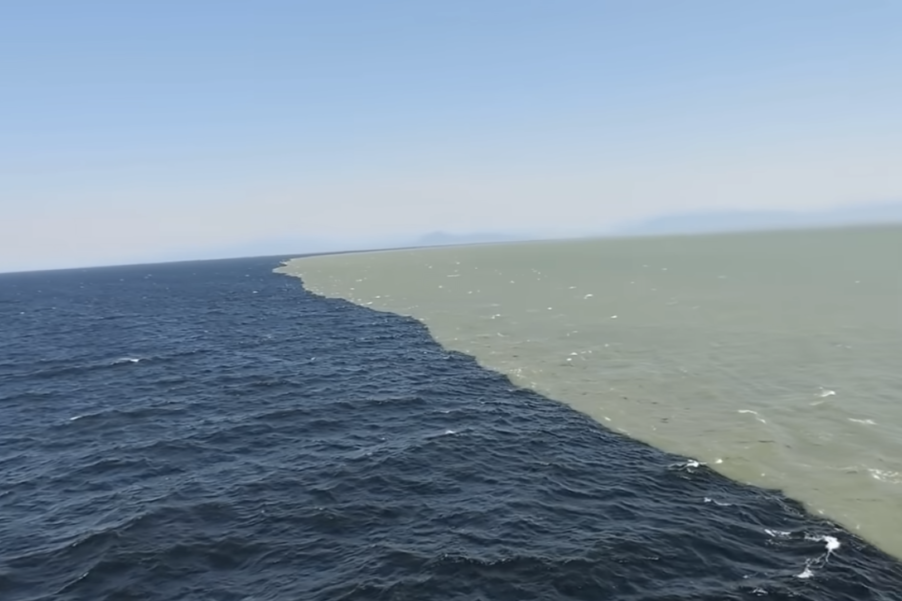
Some barriers in nature are invisible to us but absolute to animals. These strange divides, formed by water chemistry, geology, or even magnetism, shape where species live, how they migrate, and why some ecosystems remain forever separate. In the Gulf of Alaska, glacial meltwater flows into the Pacific Ocean without blending, creating a halocline, a boundary defined by sharp differences in salinity, temperature, and density. To humans, it simply looks like two shades of water meeting, but to marine life, it’s a hard stop. Fish and other sea creatures rarely cross this divide because their bodies are adapted to very specific salt levels. For example, species that thrive in freshwater meltwater cannot tolerate the salty ocean side, while ocean fish struggle in the lower-salinity waters. This invisible border keeps populations separate, shaping ecosystems along both sides.
2. Congo–Lualaba River Divide
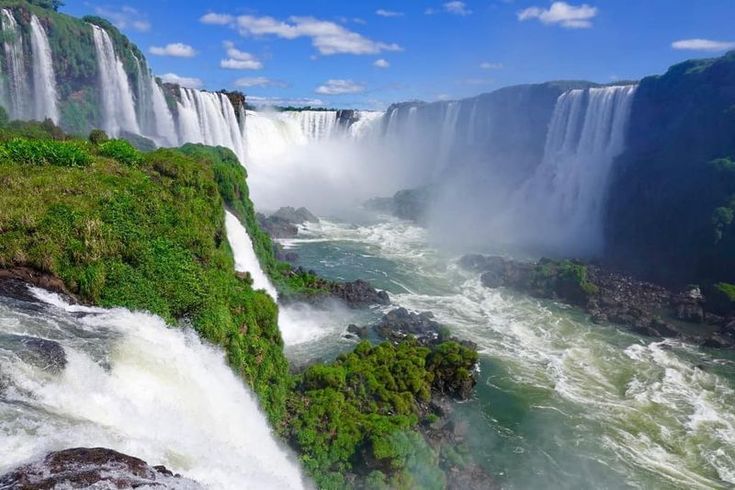
In Central Africa, the Congo River splits into different channels, including the Lualaba. What seems like a single river system actually acts as a powerful boundary for fish species. Populations on one side have evolved in complete isolation from those on the other, leading to unique adaptations and the rise of entirely new species. Many fish simply cannot survive if moved across the divide, because each section of the river has distinct conditions like depth, flow, and nutrient content. This natural separation explains why the Congo Basin is home to one of the richest freshwater biodiversities in the world.
3. Magnetic Equator
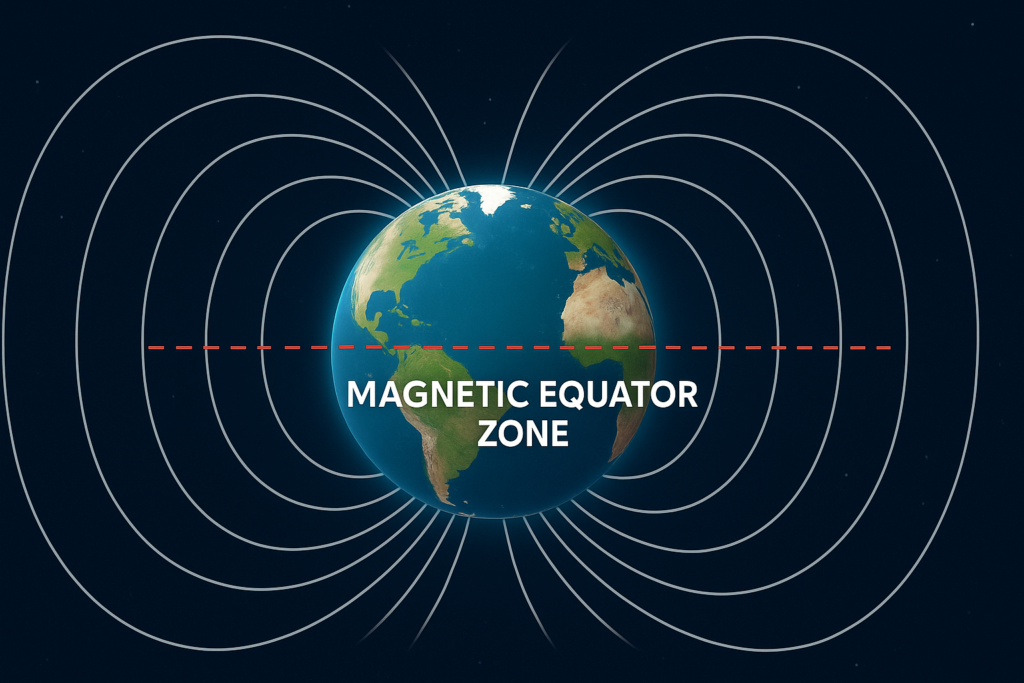
Animals that migrate long distances often rely on Earth’s magnetic field as a compass. But near the magnetic equator, where the magnetic pull is weakest and most unstable, creatures like whales, sea turtles, and migratory birds often shift course. Instead of pushing forward, they may turn, hesitate, or reroute entirely. Scientists believe the uncertainty in magnetic cues makes animals instinctively cautious about crossing these zones. This invisible barrier helps explain why certain migratory paths stop or curve in specific areas, keeping animal movements within reliable magnetic boundaries.
4. Isthmus of Panama
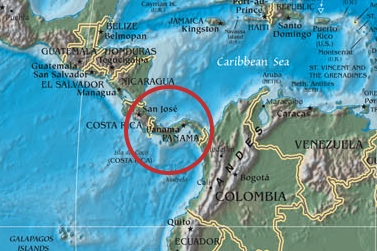
Millions of years ago, the Isthmus of Panama rose from the sea, creating a land bridge that forever separated the Atlantic and Pacific Oceans. Before this event, marine species freely mixed between the two oceans. Afterward, the sudden division created a natural barrier that no sea life could cross, resulting in the distinct marine ecosystems we see today. For example, corals, fish, and crustaceans that once shared the same waters diverged and evolved differently on each side. This land barrier remains one of the most influential geological events in shaping biodiversity on both coasts of the Americas.
5. Wallace Line
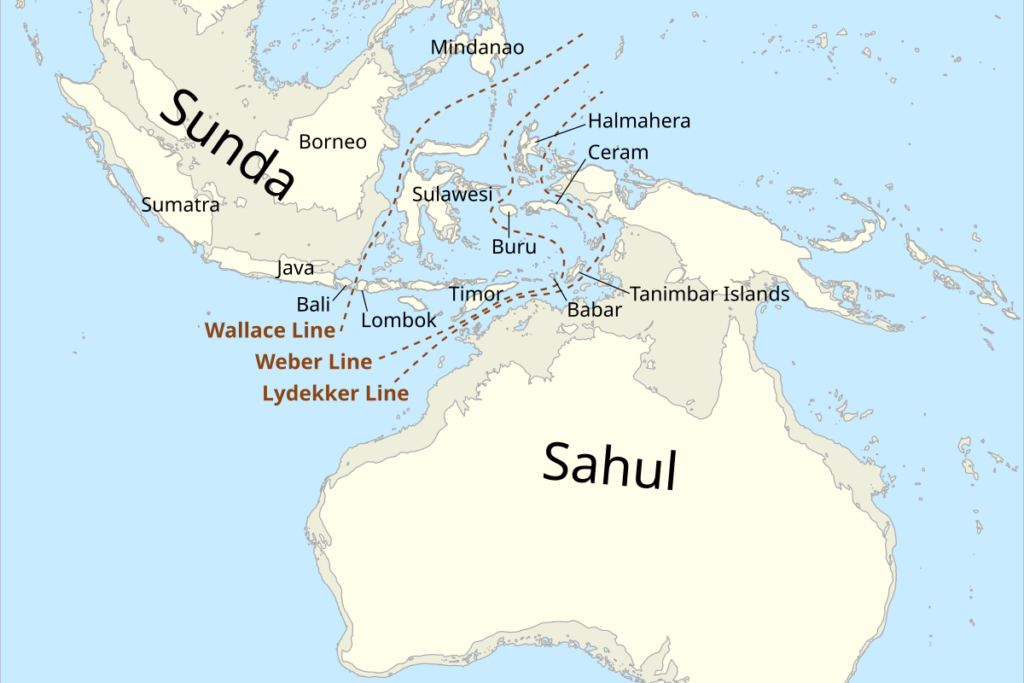
The Wallace Line runs through Southeast Asia, marking a sharp boundary between Asian and Australian wildlife. On one side, you find animals like elephants, tigers, and monkeys, while on the other, kangaroos, marsupials, and cockatoos dominate. The reason is a deep ocean trench that prevented species from ever crossing, even when sea levels dropped during ice ages. Though islands lie close together, animals on each side evolved in complete separation. This line, first identified by naturalist Alfred Russel Wallace, still defines the distribution of species today, making it one of the clearest natural dividers in the world.
6. Lake Malawi Rocks
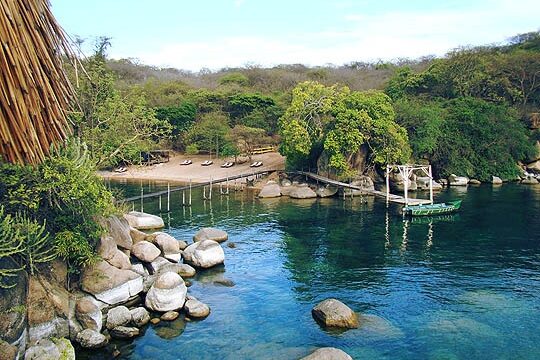
Lake Malawi is famous for its colorful cichlid fish, which are known for their fierce territorial behavior. These fish often refuse to cross rocky boundaries within the lake, even though nothing physically prevents them. Instead, the rock formations act as invisible fences that separate rival groups. Each community of cichlids claims a section of the shoreline and defends it fiercely, creating pockets of isolated populations. Over time, this avoidance has driven one of the most dramatic examples of species diversification, with hundreds of unique cichlid species evolving in the same lake, all thanks to these natural rock borders.
7. Ocean Thermoclines
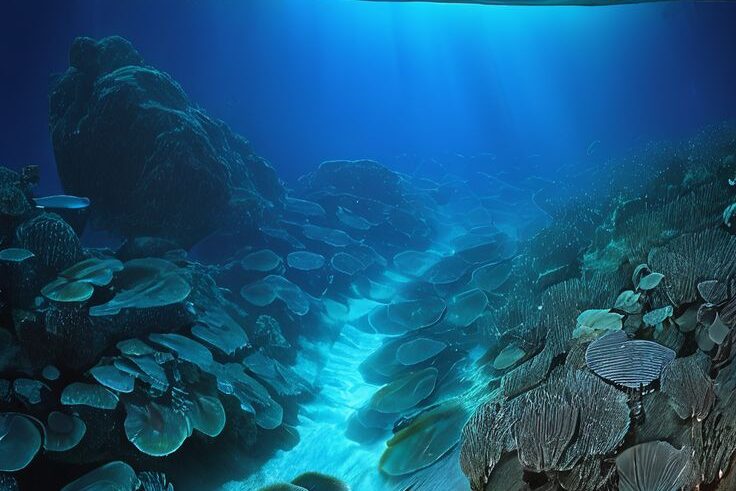
In the open sea, water doesn’t mix evenly. At certain depths, a thermocline forms, a sudden change in temperature that separates warmer surface water from the colder deep. To many marine animals, this invisible barrier is a limit they rarely cross. Some species are adapted to warm, oxygen-rich layers near the surface, while others are built for the cold, high-pressure depths below. Only a few creatures, like certain squid or whales, can move between layers. These thermal boundaries structure entire food webs, ensuring species stay in their “zones” and keeping ecosystems distinct at different depths.
8. Meeting of Waters
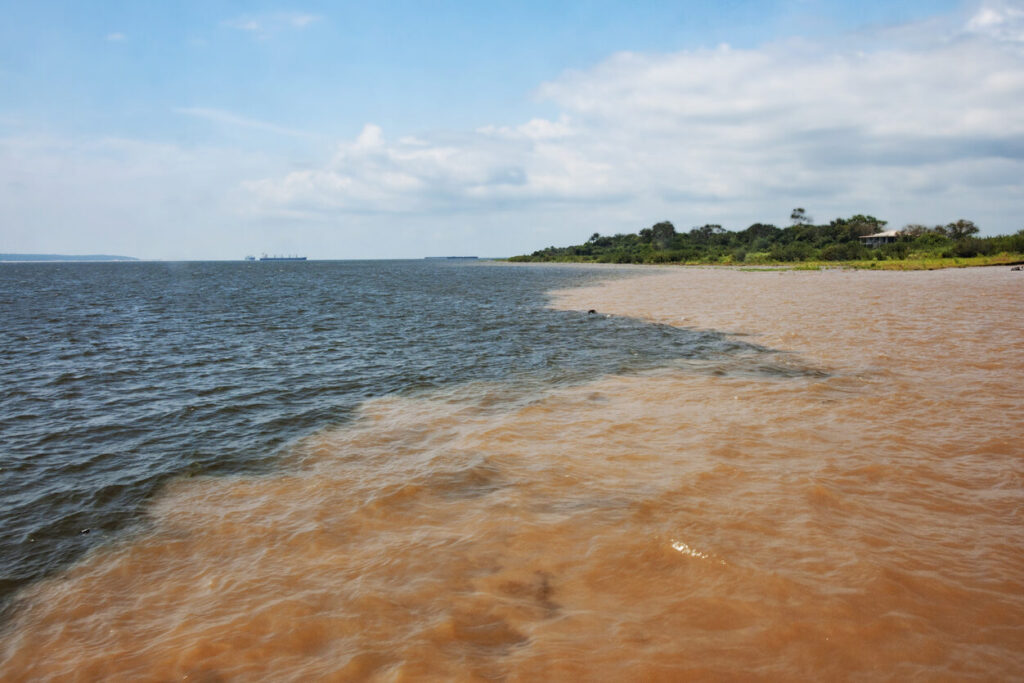
In the Amazon, the Rio Negro and Rio Solimões flow side by side for miles without mixing, creating a striking black-and-brown divide. This phenomenon is caused by differences in temperature, speed, and water chemistry between the two rivers. While humans marvel at the sight, fish and other aquatic life treat it as a boundary line. Species from one river seldom cross into the other because their bodies are tuned to specific conditions, from oxygen levels to acidity. This separation maintains two distinct ecosystems, even though the waters run right next to each other.
9. Antarctic Ice Shelves

Beneath the frozen expanse of Antarctica, massive underwater ice shelves extend into the sea, acting as barriers that block the movement of marine species. These icy walls prevent the easy exchange of creatures between the cold polar waters and the slightly warmer, nutrient-rich deep seas beyond. Many species, from Antarctic fish to tiny plankton, remain isolated in their extreme environment, unable to cross into other habitats. These natural divides help explain why Antarctica hosts such unique species, including icefish with antifreeze proteins in their blood, creatures found nowhere else on Earth.
10. The Himalayas
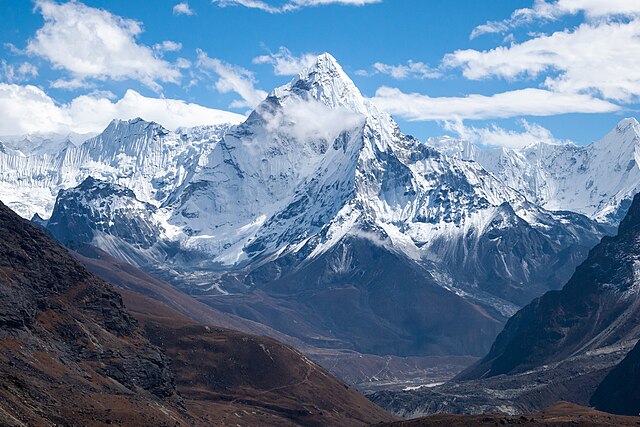
Towering over Asia, the Himalayas form one of the most dramatic natural barriers in the world. For animals, the sheer height, freezing temperatures, and rugged terrain make crossing nearly impossible. Species like tigers, elephants, and rhinos thrive on the Indian side, while entirely different ecosystems exist on the Tibetan Plateau. Only a handful of hardy animals, such as snow leopards and mountain goats, live in the high-altitude zones. For most creatures, though, the Himalayas are an uncrossable wall, shaping the distribution of wildlife across two massive regions of the continent.


